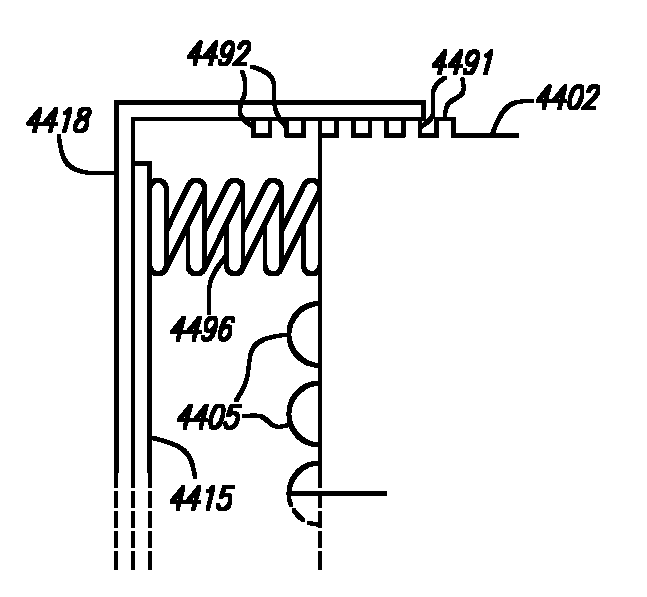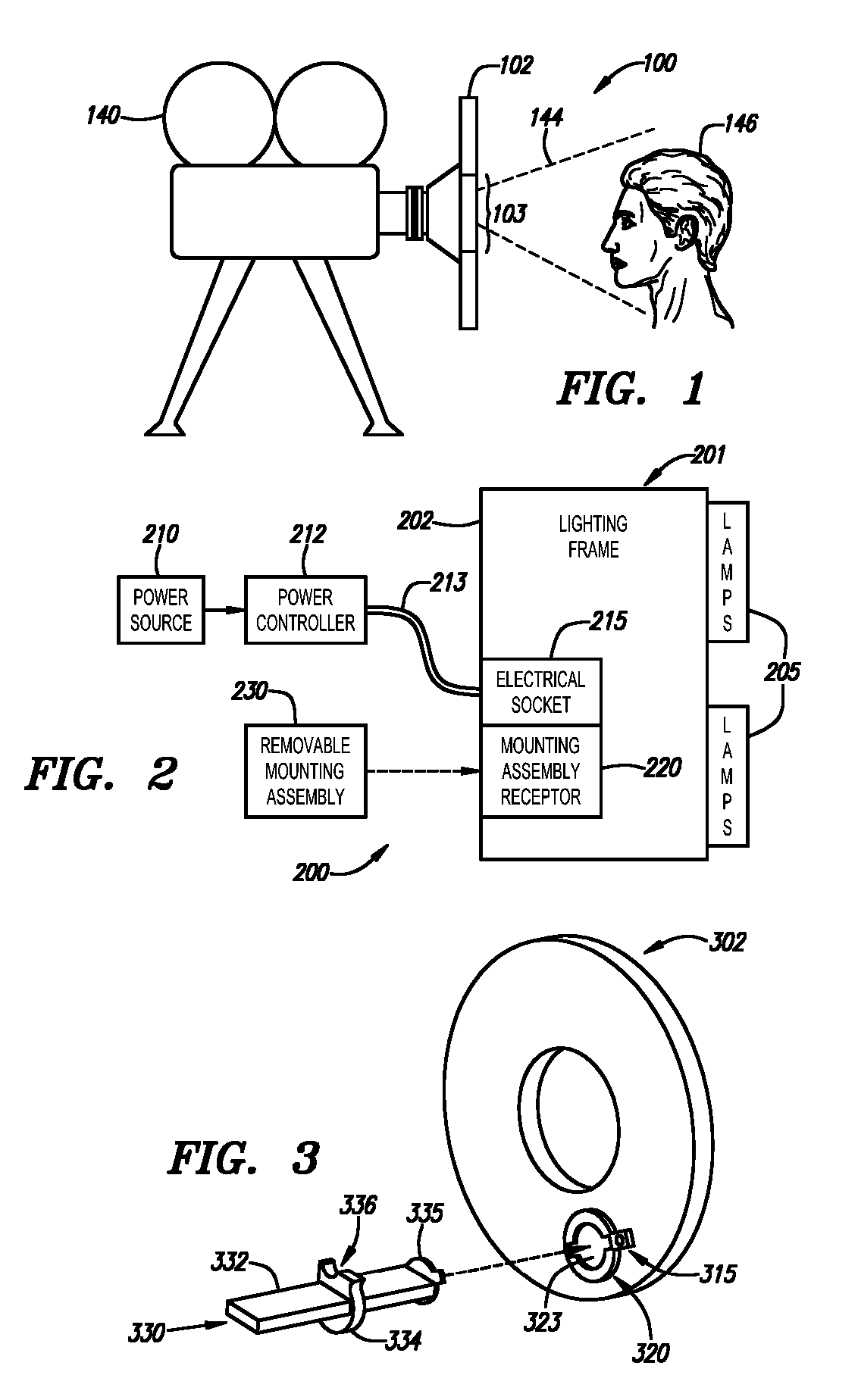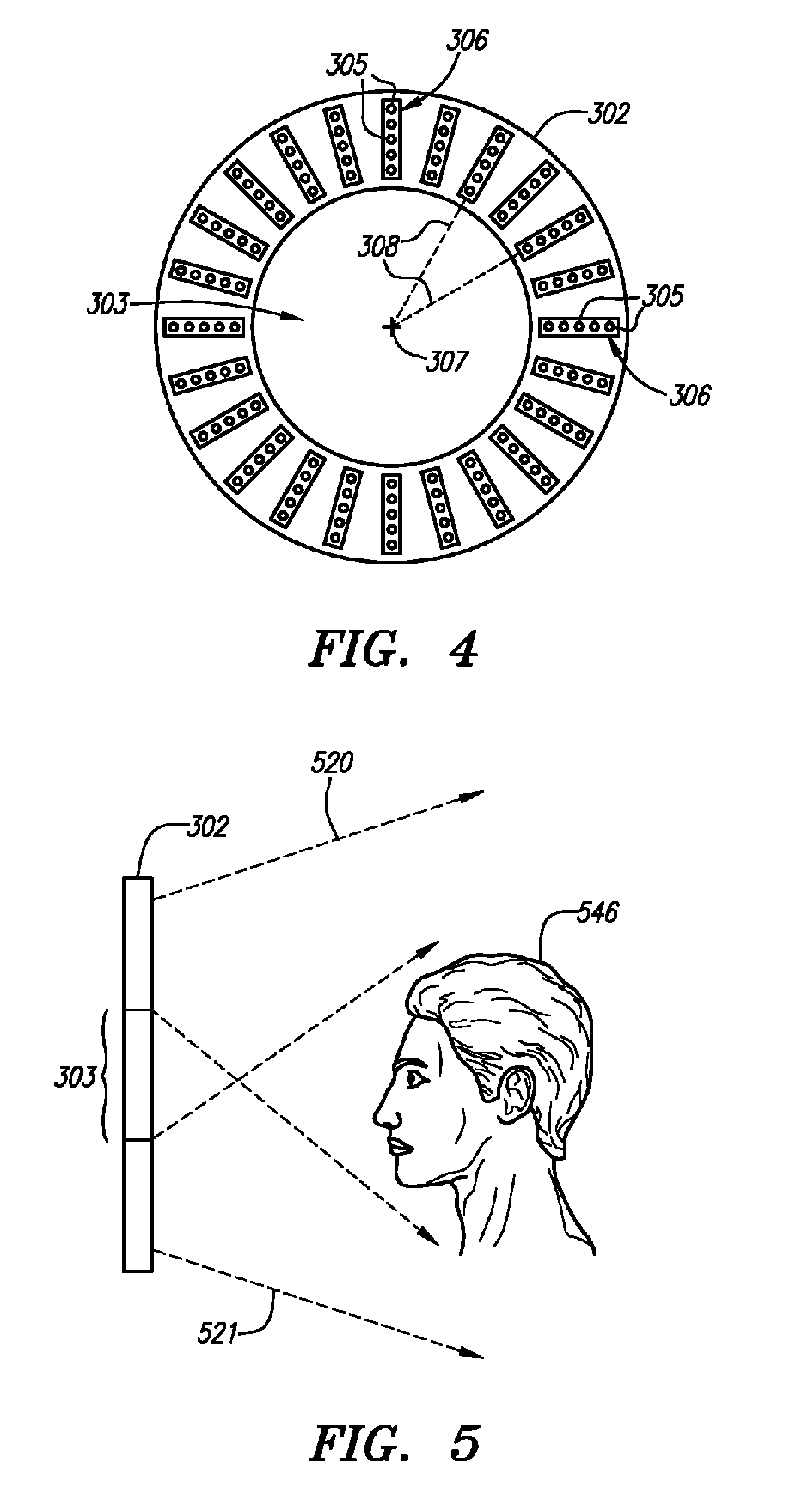Versatile stand-mounted wide area lighting apparatus
a technology of wide area lighting and stand-mounted stands, which is applied in the direction of lighting support devices, instruments, and power sources with built-in power, can solve the problems of limiting the flexibility or effectiveness of customized lighting systems, and reducing the flexibility of lighting systems
- Summary
- Abstract
- Description
- Claims
- Application Information
AI Technical Summary
Benefits of technology
Problems solved by technology
Method used
Image
Examples
Embodiment Construction
)
[0068]Before describing preferred embodiment(s) of the present invention, an explanation is provided of several terms used herein.
[0069]The term “lamp element” is intended to refer to any controllable luminescent device, whether it be a light-emitting diode (“LED”), light-emitting electrochemical cell (“LEC”), a fluorescent lamp, an incandescent lamp, or any other type of artificial light source. The term “semiconductor light element” or “semiconductor light emitter” refers to any lamp element that is manufactured in whole or part using semiconductor techniques, and is intended to encompass at least light-emitting diodes (LEDs) and light-emitting electrochemical cell (LECs).
[0070]The term “light-emitting diode” or “LED” refers to a particular class of semiconductor devices that emit visible light when electric current passes through them, and includes both traditional low power versions (operating in, e.g., the 20 mW range) as well as high output versions such as those operating in...
PUM
 Login to View More
Login to View More Abstract
Description
Claims
Application Information
 Login to View More
Login to View More - R&D
- Intellectual Property
- Life Sciences
- Materials
- Tech Scout
- Unparalleled Data Quality
- Higher Quality Content
- 60% Fewer Hallucinations
Browse by: Latest US Patents, China's latest patents, Technical Efficacy Thesaurus, Application Domain, Technology Topic, Popular Technical Reports.
© 2025 PatSnap. All rights reserved.Legal|Privacy policy|Modern Slavery Act Transparency Statement|Sitemap|About US| Contact US: help@patsnap.com



